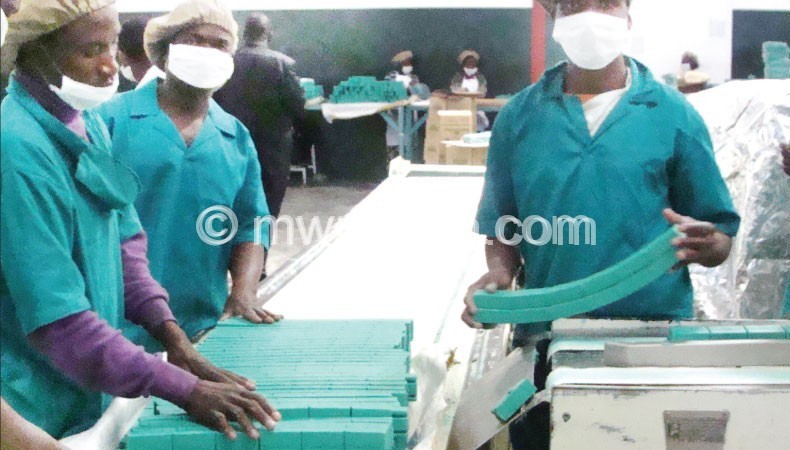Malawi lending rates fall by 8%

Malawi commercial bank lending rates fell by an average eight percent in 2014 compared to the previous year, pointing to cheaper loans, better access to finance, a situation which may have led to private sector growth.
Available figures provided by a local investment and business advisory firm, Nico Asset Managers show that commercial bank base lending rates fell by about eight percent, shedding off three percentage points to an average 36.4 percent in 2014 from of 39.4 percent the previous year.
In July last year, the Reserve Bank of Malawi (RBM) the country’s monetary authority, reduced the country’s policy rate—one of the determinants for interest rates—from 25 percent to 22.5 percent which consequently drove down lending rates. However, the rate was subsequently increased back to 25 percent towards the end of the year.
Other factors which influence lending rates also improved with inflation generally falling during the year while government risk free securities, Treasury Bills (T-Bills) fell by about 10 percentage points from 37 percent in December 2013 to an average of 27 percent in December 2014.
Regardless of the positive developments in lending rates, which have been attributed to prudent monetary and fiscal policies, analysts have argued that interests are still too high for businesses while others have complained that there are other factors that impinge on access to finance in the country.
In a telephone interview on Thursday, Indigenous Business Association of Malawi (Ibam) president, Mike Mlombwa, hoped that authorities would ensure that the country does not revert to an increase in lending rates due to fiscal and monetary mismanagement.
He pointed out that access to finance still remains a problem in the country, a situation that needs to be looked at closely.
Earlier, Small and Medium Enterprises Association (Smea) president, James Chiutsi, said government should consider setting up a bank specifically for SMEs that would provide lower rates for the sector.
Chiutsi argued that profit margins for SMEs are far below the lending rates that are being offered by commercial banks, adding that issues of collateral for bank loans are still a setback to the sector.
However, according to authorities, all preliminary work for setting up a government development bank are already in place.
Regardless of the improvements in lending rates, the Finscope 2014 study revealed that the level of borrowing from formal credit providers—mainly commercial banks, dropped slightly pointing to declining demand due to high interest rates.
According to the study, other formal credit providers, including Microfinance Institutions (MFIs) have steadily increased the number of people accessing financial services with an increase from 231 591 in 2008 to 276 366 in 2014.





